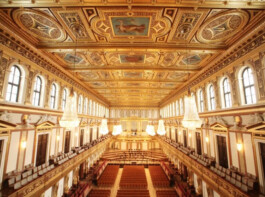
Original Sounds—English Baroque Soloists with Marc Minkowski
MOZART 3 KEYBOARDS Concerto with JEAN RONDEAU
WIEN - Musikverein April 25 2025, 19:30
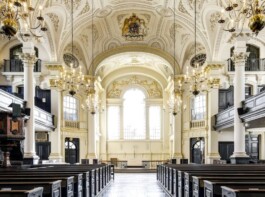
Original Sounds—English Baroque Soloists with Marc Minkowski
LONDON - St Martin in the fields, April 29 2025, 19:30
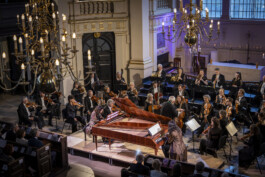
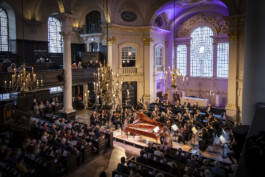
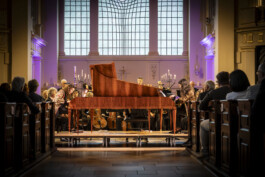
Original Sounds—English Baroque Soloists with Marc Minkowski
LONDON - St Martin in the fields, April 29 2025, 19:30
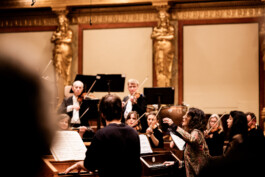
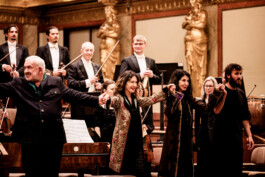
Original Sounds—English Baroque Soloists with Marc Minkowski
MOZART 3 KEYBOARDS Concerto with JEAN RONDEAU
WIEN - Musikverein April 25 2025, 19:30
KATIA AND MARIELLE HAVE BEEN REGURLARLY PERFORMING ON FORTEPIANOS SINCE 2000. THEY HAVE TOURED WITH BAROQUE MUSIC ENSEMBLES SUCH AS ENGLISH BAROQUE ORCHESTRA AND MARC MINKOWSKI, AGE OF ENLIGHTENMENT AND SIR SIMON RATTLE , IL GIARDINO ARMONICO WITH GIOVANNI ANTONINI, MUSICA ANTICA WITH REINHARD GOEBEL, VENICE BAROQUE WITH ANDREA MARCON. THEIR CONCERT WITH IL GIARDINO ARMONICO AT THE MUSIKVEREIN IN VIENNA WAS BROADCAST IN MONDIOVISIOn.
English Baroque Soloists, Minkowski, Labèque & Rondeau play Mozart at the Musikverein
Elegant and Finesse, the slow movement, sung in a beautiful way, lightly and freely. . English Baroque Soloists playing so colorful, in such a refined and high-quality way, and at the same time with such joy. Revelation!
- Klasyczna Płytoteka, 26th April
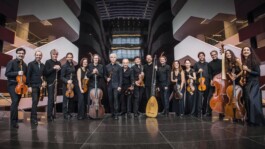
Original Sounds—MOZART PROJECT
with Giardino Armonico, Giovanni Antonini , Kristyan Bezuidenhout


LUGANO, CH
March 09 2023, 20:30
Lugano Musica
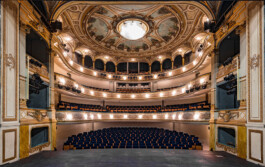
DIJON, FR
March 11 2023, 20:00
Opera de Dijon
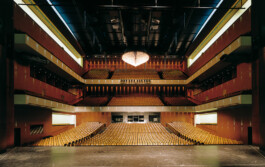
BADEN BADEN, DE
March 12 2023, 19:00
Festspielhaus Baden-Baden
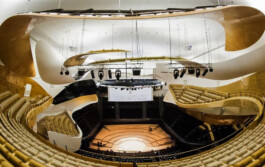
PARIS, FR
March 13 2023, 20:00
Philharmonie
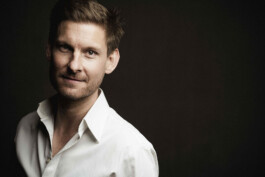
Kristian Bezuidenhout

Giovanni Antonini
J S Bach Concerto in A minor for four harpsichords, BWV 1065 Il Giardino Armonico
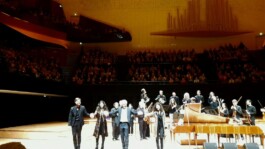
©JMC
Un trio de pianistes à la Philharmonie
14 MARCH 2023 | PAR JEAN-MARIE CHAMOUARD (Toute La Culture)
Le 13 mars 2023, à la Philharmonie de Paris, l’ensemble instrumental Il Giardino Armonico interprète, sous la direction de Giovanni Antonini les concertos n° 9, 10 et 7 de Wolfgang Amadeus Mozart. .Dedié a sa soeur Nannerl , Mozart compose son dixième concerto en 1779 . Katia et Marielle Labèque entament un dialogue fructueux. Leur jeu est très fluide. La virtuosité n’efface pas la sensibilité et la délicatesse. Une interprétation qui évoque de la dentelle sonore. Lors de l’andante, l’atmosphère est plus intime, la mélodie délicate, dégage un parfum de mélancolie. Contraste avec le rondeau final, la musique est à nouveau entraînante, dansante….. leur concordance, leur complicité sont parfaites…. Kristian Bezuidenhout rejoint pour le concerto pour trois pianos composé en 1776 . Douceur et tendresse dominent l’adagio. C’est une rêverie musicale, rendue émouvante par la sensibilité et l’expressivité des trois pianistes.
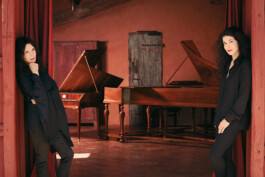
Tour age of enlightenment & Simon Rattle
Orchestra of the Age Enlightenment/Simon Rattle London Royal Festival Hall
The evening’s highlight was the concerto for two pianos k365, always a good-time piece, played with tireless verve on modern McNulty fortepiano reconstructions by Katia and Marielle Labeque, and with Rattle’s attention to detail ensuring that the accompaniment never flagged.
THE GUARDIAN Martin Kettle
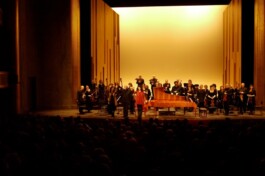
When this music is played by the OAE light doesn’t just dawn, it dazzles; and even more so when Sir Simon Rattle is on the podium.
... In the slow movement of Mozart’s two-piano concerto another aspect of “enlightment” music came into view - operatic pathos, revealed in the tender duets between the two pianos. These were in the tender duets between the two pianos. These were lovingly played by the Labeque sisters, who were fetchingly kitted out in 18th-century frock coats. The delicate colours of their 18th-century pianos added to the pathos.
DAILY TELEGRAPH Ivan Hewett
It was the ravishing Labeque sisters in their bejewelled 18th century-style coats and raven-black locks that Madge had come to see. ... Beginning with a throaty trill, which on these instruments had the air of low, distant laughter, the concerto is a charming exercice in mirror images and teasing echoes, and the sisters choregraphed it beautifully, accompanied with touch by the Orchestra of the Age of Enlightenment.
CLASSICAL-MUSIC.COM BBC Music Magazine Haydn, Mozart and a visit from Madonna Helen Wallace
the Labeques also sparkled so vividly on two fortepianos showed their virtuosity. Mozart wrote this winsome piece to showcase his own pianistic double-act with his talented sister Nannerl. It was pretty clear who was who were: Katia, headstrong, physically energised, always thankfully, the more reflective Marielle supplied the lyrical ballast, and the interplay was irresistible .
THE TIMES Neil Fisher
Show - diese allerdings hochvirtuos - war angesagt mit Katia und Marielle Labeque und Wolfgang Amadeus Mozarts Konzert fur zwei Klaviere und Orchester in Es-Dur. Einer fruhen Ausgabe von ‘Alice im Wunderland’ schienen die beiden Schwestern am Fortepiano entstiegen. Die echer schmallippigen Instrumente wurden unter ihren Handen redselig, plapperten, rasten, neckten sich und kampften atemlos miteinander. Nach der Pause dann der Rattle, an dem wir hangen, der Meister des Rhythmus und Hayden: Das war entfesselte Leidenschaft gegen Einsicht und reife Bescheidung.
VOLKSFREUND Entfessekte Leidenschaft
“Mozart on Walter Fortepianos”
Fortepianos used for this Mozart concert are made by Paul McNulty, who is one of the most highly respected builders working today.
The instruments modeled after the instruments of A.Walter (1752) are the result of his long research of the originals, Anton Walter, who had the title of ´Chamber Organ Builder and Instrument Maker´ in Vienna, is considered to be the most famous fortepiano maker of his time. He improved the so called ´Viennese pianoforte action´, which became a standard for many years. He built about 700 instruments, which were praised for their quality by both Beethoven and Mozart, who purchased a Walter instrument around 1782. According to Mozart´s son Carl: ´Most remarkable is the wing-shaped Pianoforte for which my father had a special preference to such a degree that he not only wanted to have it in his study all the time, but exclusively used this and no other instrument in all his concerts, regardless of whether they took place in court, in the palaces of noblemen or in theatres or other public places´.
“Bach on Silbermann Fortepianos”
The Bach year 2000 was a high point for those admiring the original sound of period instruments. Katia & Marielle commissioned the building of two Silbermann forte pianos in order to participate in the Bach celebrations. One of the Silbermanns was built in Milan by Andrea Restelli, the other instrument was built by Barbara and Thomas Wolf in Washington. The instruments are copies of the same instrument built by Gottfried Silbermann in 1746 in Sanssouci, but each with its own unique character and colour. The sound of the Silbermann forte piano could be placed somewhere between the cembalo and the piano and it is the only forte piano Bach knew.
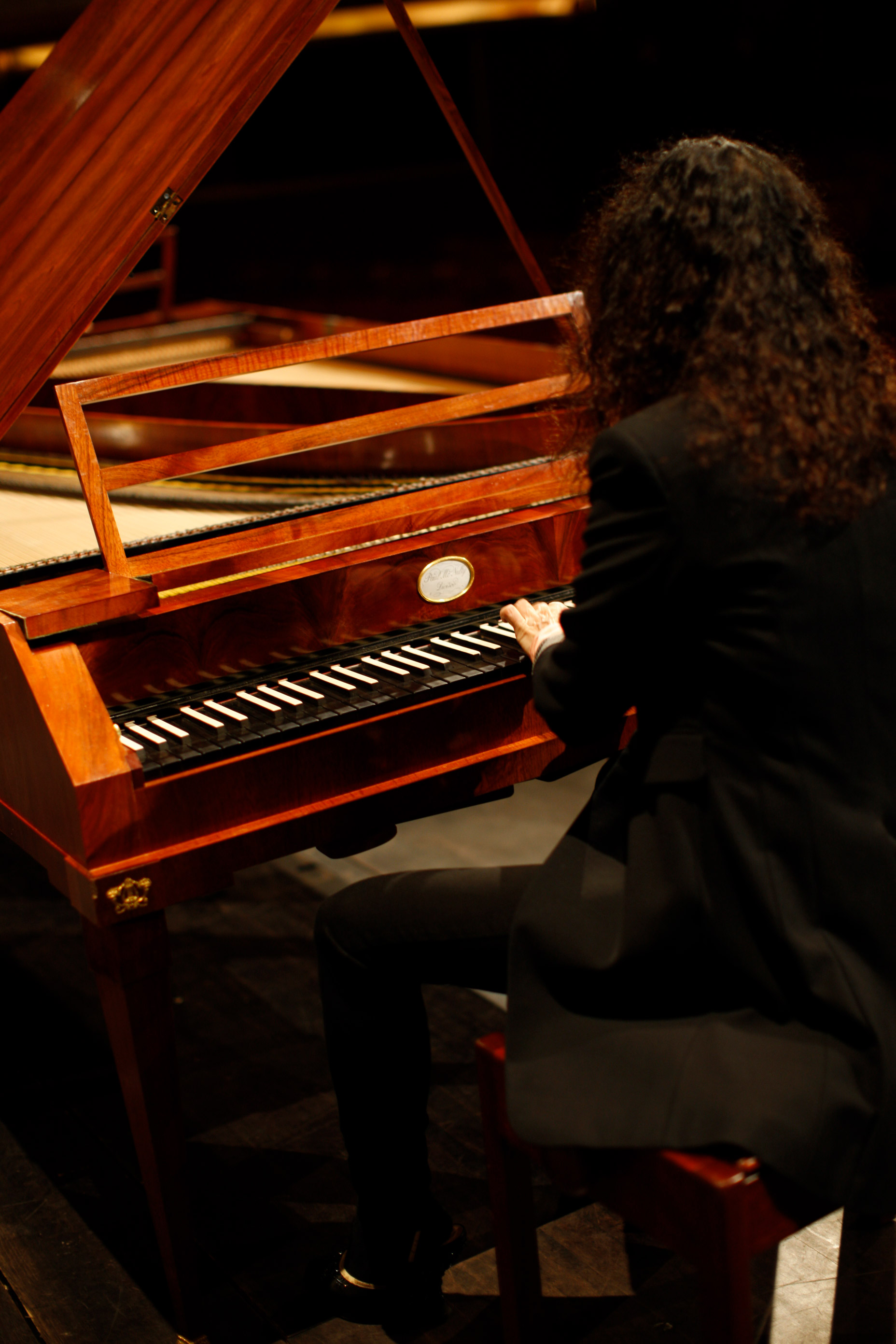
“If Bach had known the modern piano...”
REINHARD GOEBEL ´SÜDDEUTCHE ZEITUNG´, 26 FEBRUARY 2000 ABOUT THE SILBERMANN FORTEPIANOS AND HIS COOPERATION WITH KATIA AND MARIELLE LABÈQUE, 1998
We would all live in a golden age if people only talked and wrote after having re- searched and elucidated their subject. A glance at the store of musical instruments of an present theatre or radio station would teach us that not every institution bought reproductions of historic cembalos in 1970, or reproductions of Stein fortepianos since 1990. And so we are justified in presuming that not everybody in 1780 suddenly owned a Stein fortepiano...
No, the invention, introduction and general acceptance of new keyboard instruments was always a historical process which, faster at times and slower at others, was ever influenced by numerous details and finally resulted in the changes we see today. Letters, private records, bills and compositions dating from the second half of the 18th century show time and again how slowly the cembalo went out of fashion. Bach certainly did not yet know the “modern piano,” but being the offspring of a family of organists and cembalists he kept himself informed on Cristofori’s and Silbermann’s efforts to enliven the rigid sound of the cembalo. He was first confronted with Silbermann’s fortepiano during his visit to Potsdam in 1747. The “infancy” of the new instrument, which Antonio Lotti and probably also F.M. Veracini brought from Venice and Florence to Dresden in 1719, thus was directly witnessed by Bach himself. In 1732 Gottfried Silbermann was able to present a functioning “piano-fort” to the Saxon court in Dresden and to the “musical world” at large. It is hardly astonishing that the “Collegium Musicum” at Leipzig, an ensemble conducted by Bach, announced already in 1733 a concert “with a new clavicymbel, of a kind which has not yet been heard here”…..This posterity is still assiduously and vainly searching in the “Ricercar a 3” of the “Musical Offering” - which, according to the sources, was first extemporised in 1747 and only printed later - for proof that this composition was solely written for the “forte-et-piano”.
In the case of the concerto for three “pianos” KV 242, we fortunately possess the irrefutable proof that its version for 3 keyboard instruments was always played with a mixture of cembalos and fortepianos, and that it was originally written in Salzburg for 3 cembalos. The countess Thun - who was on friendly terms with Mozart but also with his often and wrongly reviled competitor Ignaz von Beeke - did not own three pianofortes by Stein, and the Lodron sisters and their aunt in Salzburg could only dream of it. We have a “sonata for two pianofortes and a cembalo” by Ignaz von Beeke, which definitely complements Mozart’s concerto and which therefore allows us to infer the original set of instruments.
But we are happy to have found in Katia and Marielle Labèque two virtuosos of the “Steinway” who, by exploring the potential of the “Stein” and especially the ”Silbermann”, wish to contribute to the “quest for time past”.
The highly ornate instruments played by Katia and Marielle Labèque, the world-renowned piano duet, are very special. They are reproductions of the fortepianos known to Bach, and for which he may even have composed some music . This instrument fulfilled the age-old dreams of musicians, but in no way did it become an instant sensation. There were good reasons for this. The change from the cembalo to the forte-piano was not only technically difficult, but the new instrument was not yet sufficiently reliable and loud enough. Cristofori’s instrument was in any case brought to Dresden in 1719, where it was copied and developed by the famous organ-builder Gottfried Silbermann. Bach, who came to know Silbermann’s instrument in the thirties, had some objections: “it is not loud enough in the higher positions and difficult to play.” But he liked its sound and played it in concerts - certainly for Frederic II in Berlin, but presumably even earlier.
Of the Silbermann pianos of Bach’s time, only three have survived, and not one of them can be played anymore. But in the meantime four reproductions of these exceptional instruments have been built - two of them are owned by Katia and Marielle Labèque. A phenomenon, a sensation. Traditional musicians only rarely take up old music, so why the Labèques, of all people? Everything began in Munich, where the pianists met the bassoonist Marco Postingel, a member of the Bayrischer Rundfunk orchestra, who was able to fill them with enthusiasm for baroque music. The Labèques have played on their Silbermann fortepianos since last June, and now they have taken them for the first time on a concert tour, an uncommon and exciting experiment.. the sound of the fortepianos unfolds freely and without restraint. A musical world never heard before.